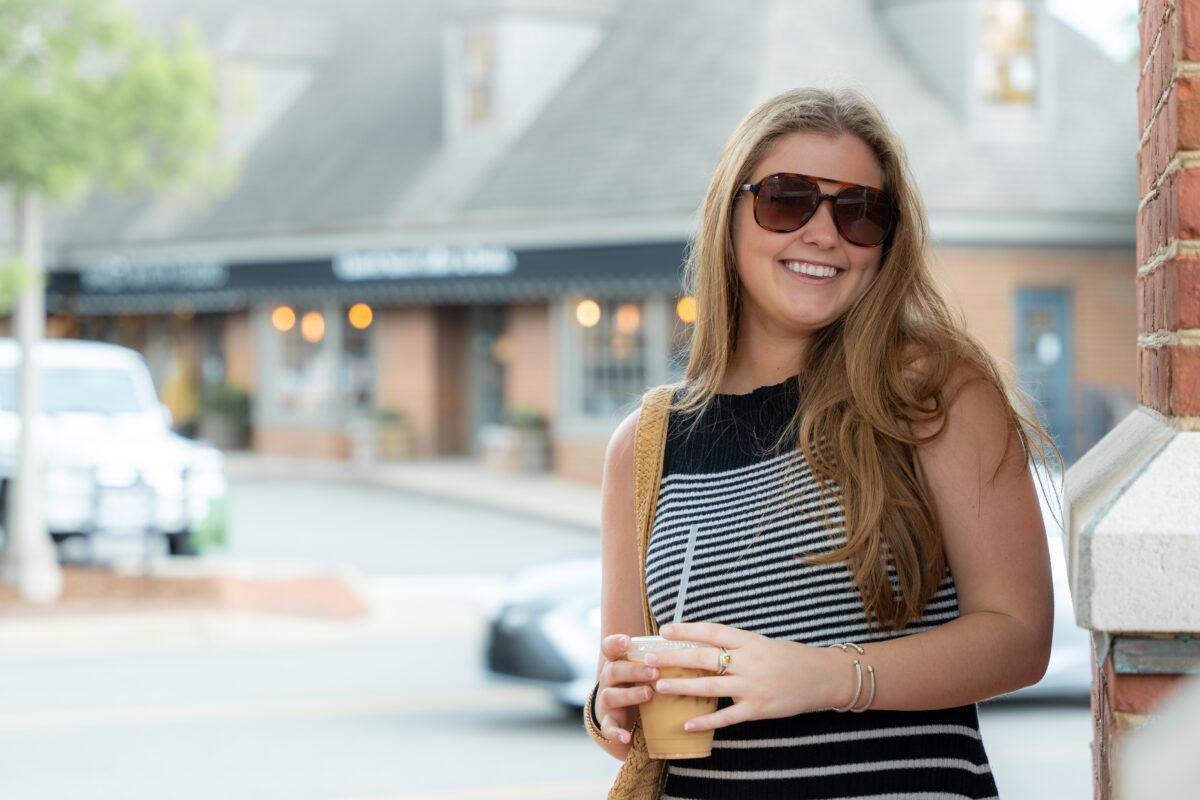A virtual tour through 5 of Birmingham’s Historic Districts
Reading time: 5 minutes

Have you heard the term “historic district” thrown around? Yeah, me too. We took a virtual tour through some of Birmingham’s most prominent Historic Districts to learn more about what they are. Since Birmingham has too many historic districts to name, we picked 5 that you might be familiar with.
Birmingham’s Historic Districts
A Historic District is an area of town protected by a city ordinance. Once the city recognizes a Historic District, exterior changes to properties must be approved by the Birmingham Design Review Committee.
Most importantly, the Historic District designation helps save Birmingham’s most culturally significant buildings from being torn down in order to make way for new developments.
1. Morris Avenue/First Avenue North

- Location: 2000-2400 blocks of Morris Avenue and 2100-2500 blocks of 1st Avenue North
- Added to National Register of Historic Places: February 9, 1986
Known for its historic cobblestone streets, Morris Avenue/First Avenue is Birmingham’s oldest warehouse district. Is there any wonder the city chose the area as its first historic district in 1973? Morris is one of the best areas in downtown for a self-guided walking tour, so be sure to squeeze it into your schedule.
The area grew rapidly due to its connection to Birmingham’s rail line, with the city’s first true train station, the Union Passenger Station, being on Morris Ave. The station remained on the avenue from 1887 to the early 1930s.
2. Retail and Theatre District

- Location: roughly bounded by 3rd Avenue North, 24th Street North, 1st Avenue North, and 20th Street North
- Added to National Register of Historic Places: June 5, 1989
For the better part of a century, the center of downtown Long before the Riverchase Galleria and The Summit, the center of downtown Birmingham was the bustling heart of the city. Department stores like Pizitz and Loveman, Joseph & Loeb sold everything from clothing to the newest color television. After shopping, visitors could be entertained at the Alabama and Lyric Theatres, among many others.
Recently, the Historic Theatre and Retail District has seen a flurry of redevelopments due to a renewed public interest in the area. Ladd Real Estate, for instance, is leading renovations of the former Family Dollar building and the Webb Building, Birmingham’s oldest building.
3. 4th Avenue Historic District


- Location: 4th Avenue North between 16th and 19th Streets
- Added to National Register of Historic Places: Feb 11, 1982
- Notable landmarks: Prince Hall Masonic Temple, Carver Theatre
During the Jim Crow era, discrimination and segregation kept black Birminghamians from shopping at most businesses. So, Birmingham’s 4th Avenue Historic District developed as the center for black-owned businesses to serve black customers.
The Prince Hall Masonic Temple is an excellent example. For decades, the Masonic Temple Building served as the areas center of commerce. Most significantly, the Temple Building provided access to important businesses for the local black community. During segregation, it was one of the few places where black Birminghamians could see a doctor, check out a book, register to vote and more.
4. Civil Rights District

- Location: bound by 3rd Avenue North, 8th Avenue North, 15th Street North and 19th Street North
- Added to National Register of Historic Places: October 2006
- Notable landmarks: 16th Street Baptist Church, A.G. Gaston Motel, Kelly Ingram Park, Birmingham Civil Rights Institute
Just as Birmingham was the heart of the American Civil Rights Movement, this area was the heart of Birmingham’s Civil Rights Struggle from 1956 to 1963. In the center of the district is Kelly Ingram Park—named after Osmond Kelly Ingram, the first sailor in the United States to be killed in World War I. Statues of Martin Luther King, Jr. and the four girls killed in the 1963 Sixteenth Street Baptist Church Bombing honor the sacrifices made in pursuit of equality.
5. Automotive Historic District

- Location: roughly bounded by 1st Avenue North, 24th Street South, 5th Avenue South, and 20th Street South
- Added to National Register of Historic Places: June 30, 1991
Located just south of downtown Birmingham, the Automotive Historic District largely features buildings from 1900 to 1930.
The Automotive Historic District signifies the development of a secondary commercial district in Birmingham. From 1910 to 1940, the area transformed to become the center of automotive commerce in Birmingham.
Recently, Birmingham’s Ward Neely discovered hundred-year-old letters written behind wallpaper in an old hotel in the Automotive Historic District.



